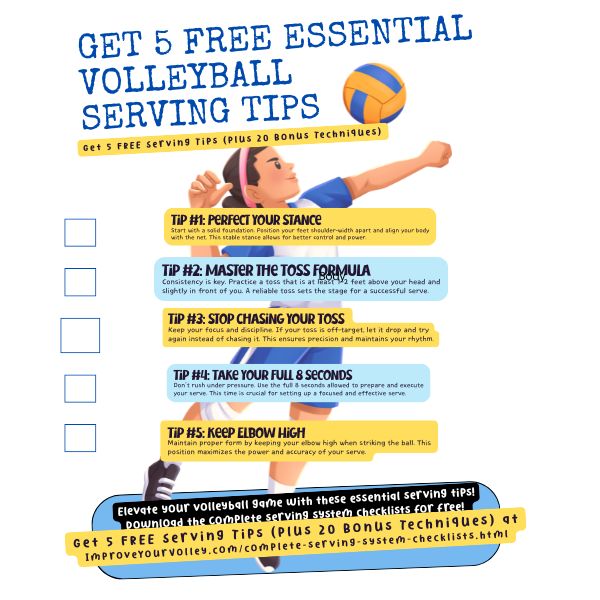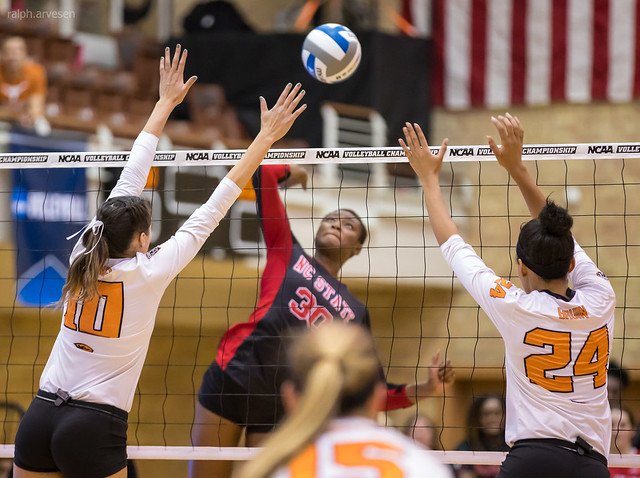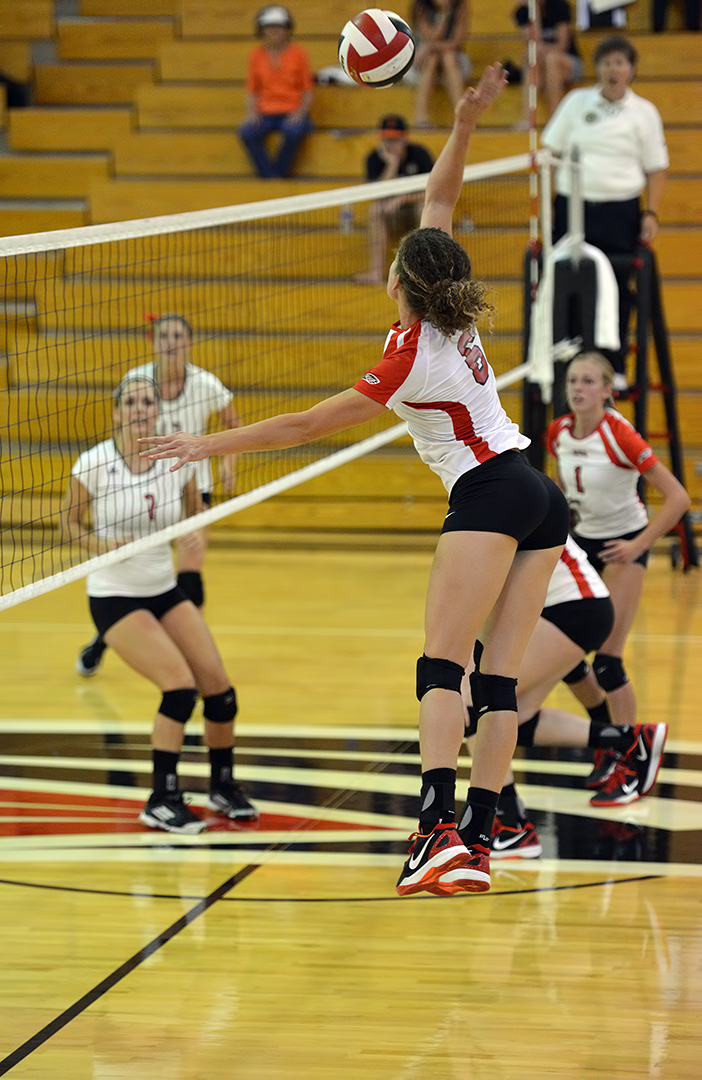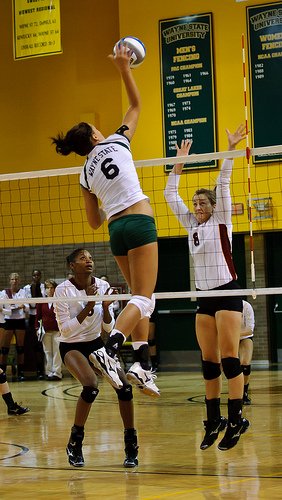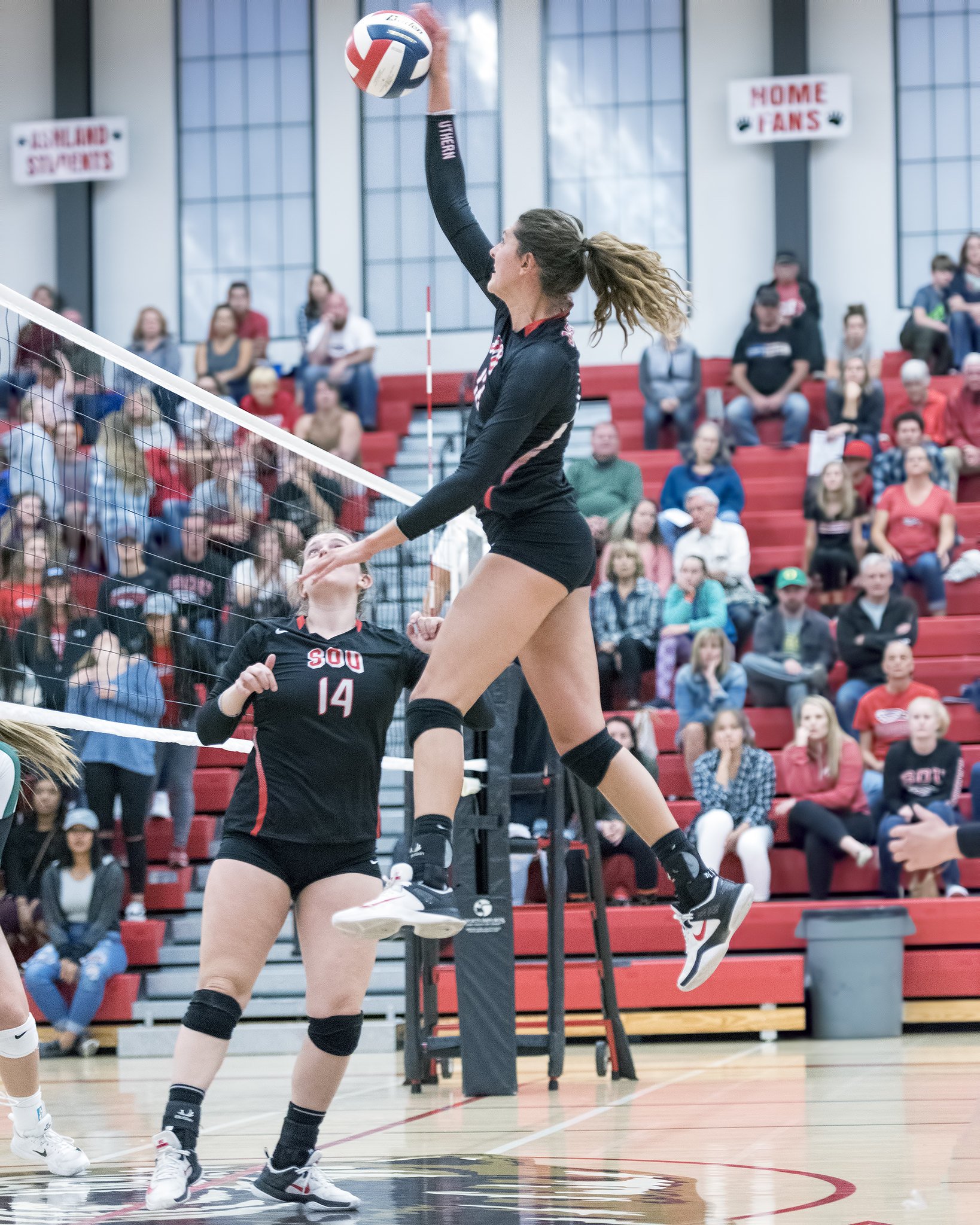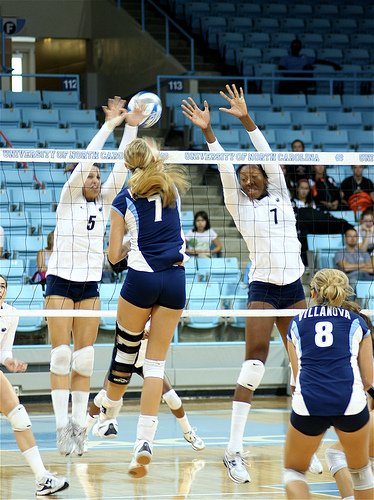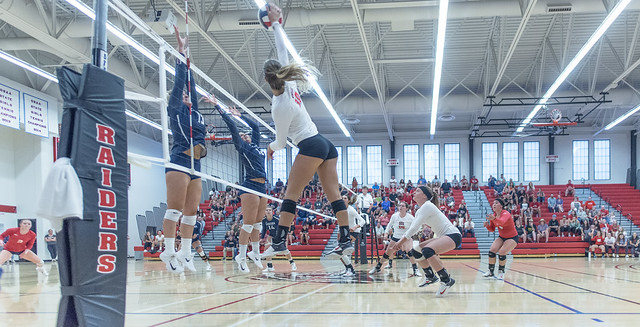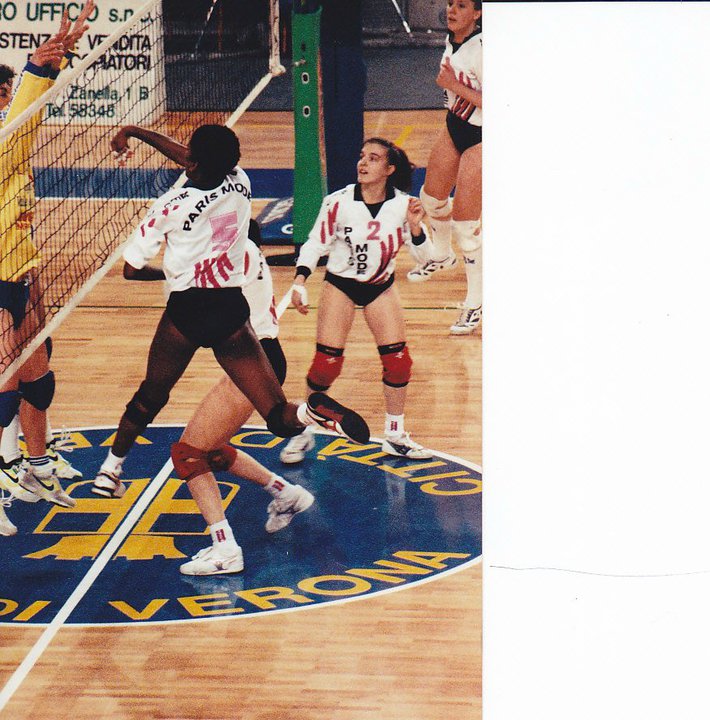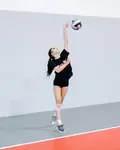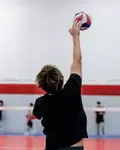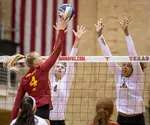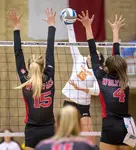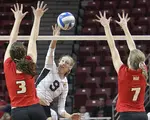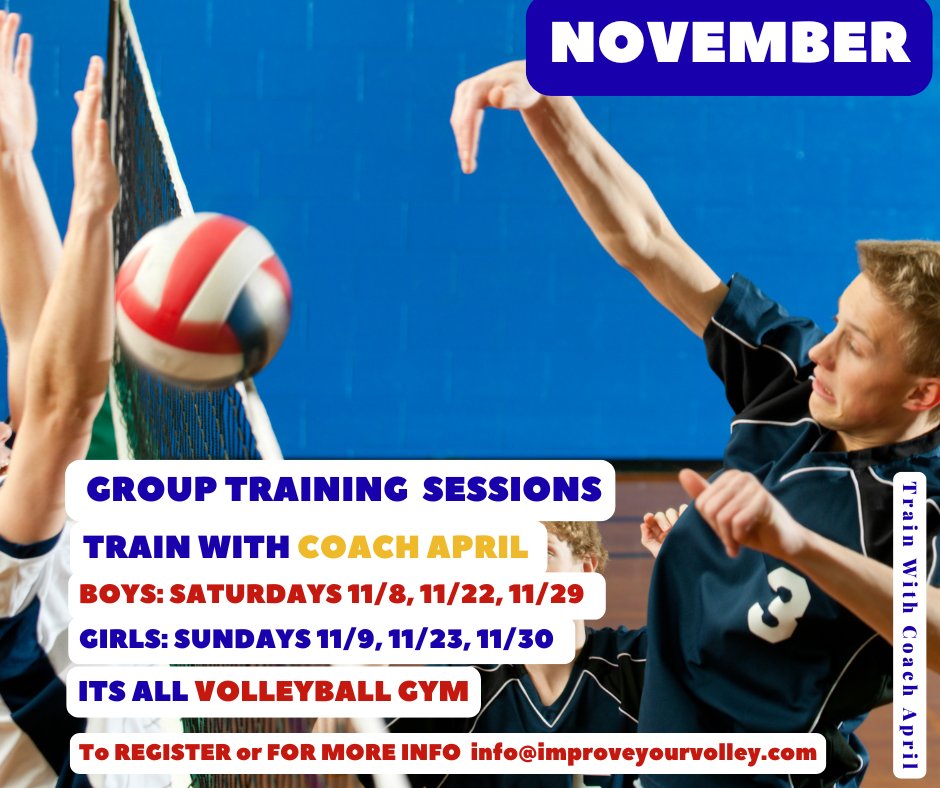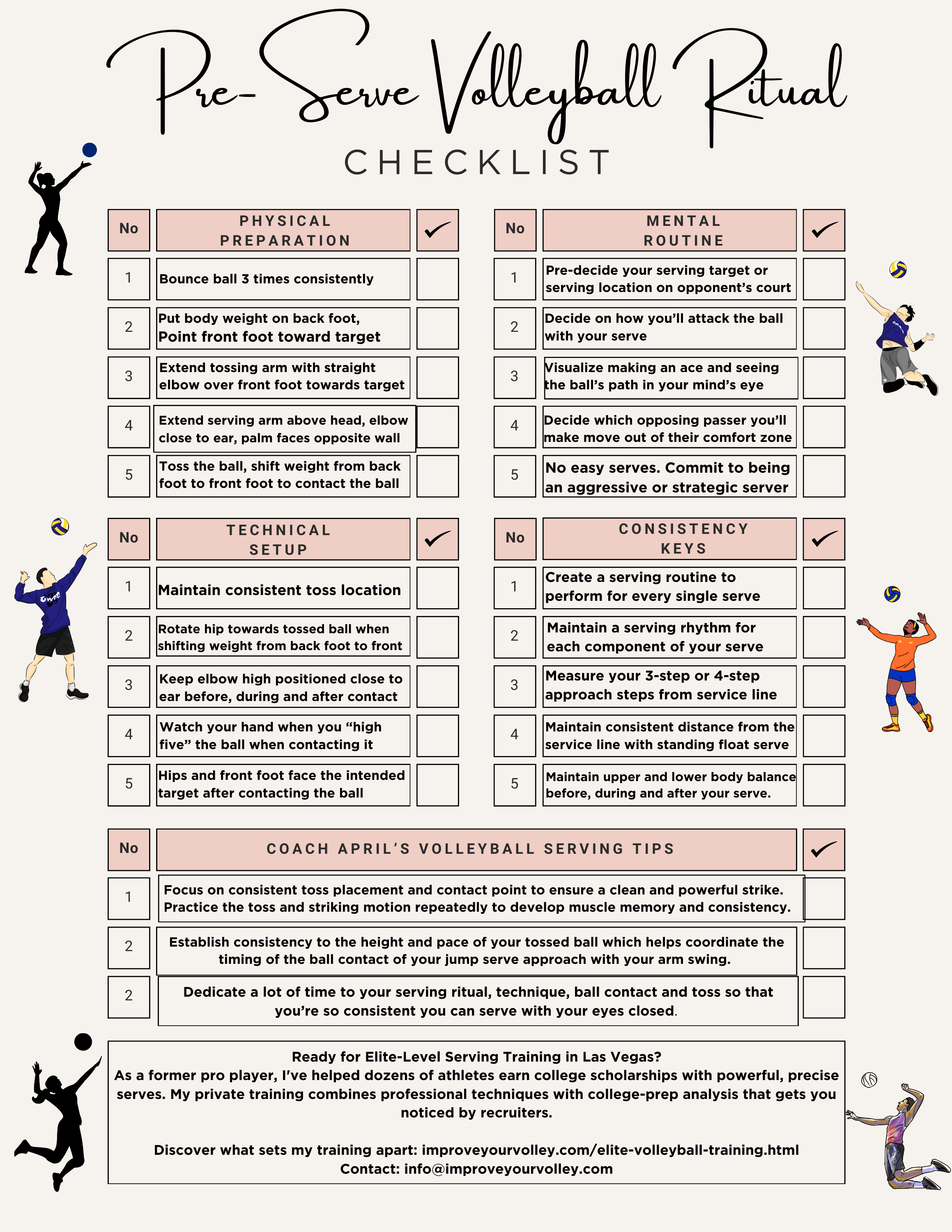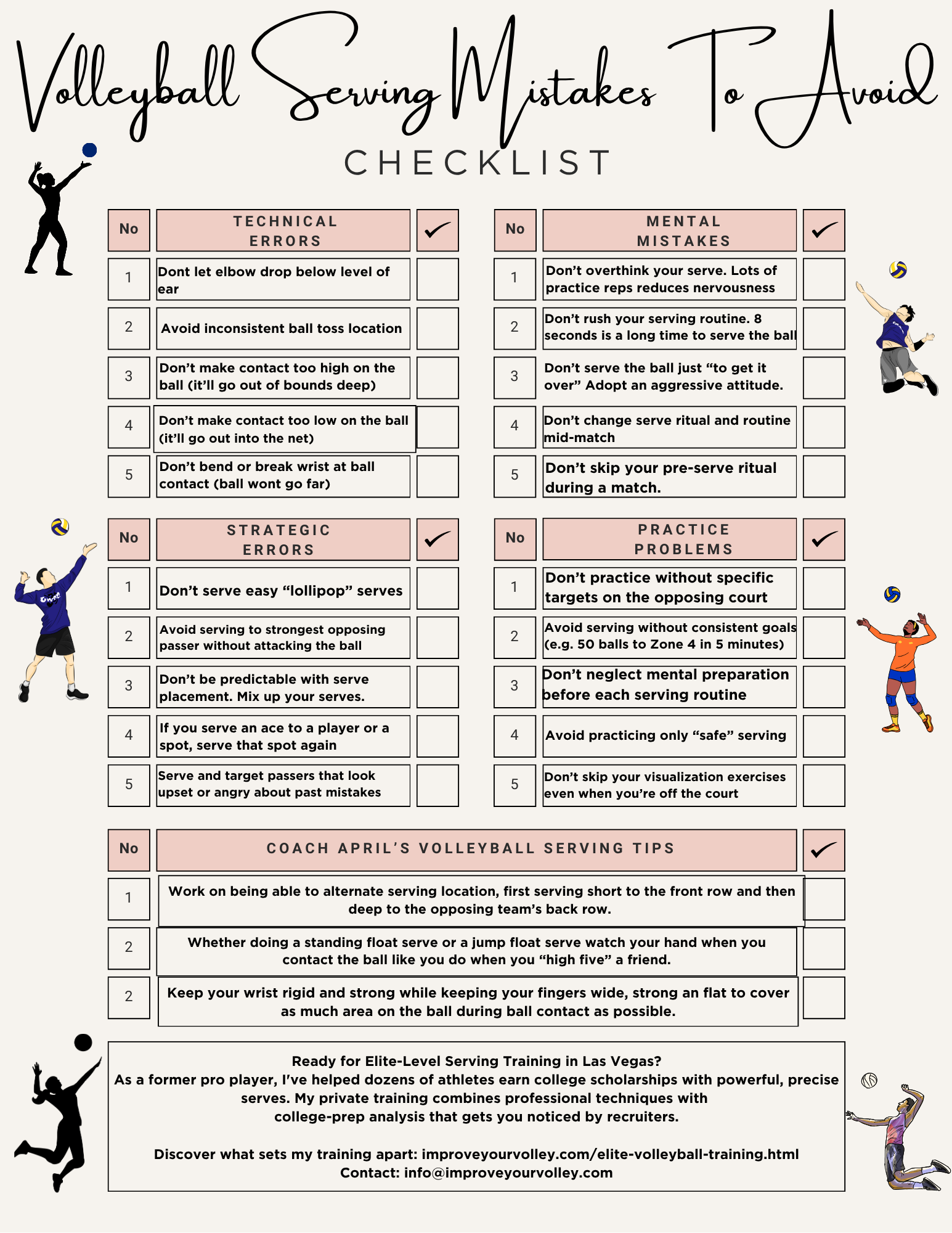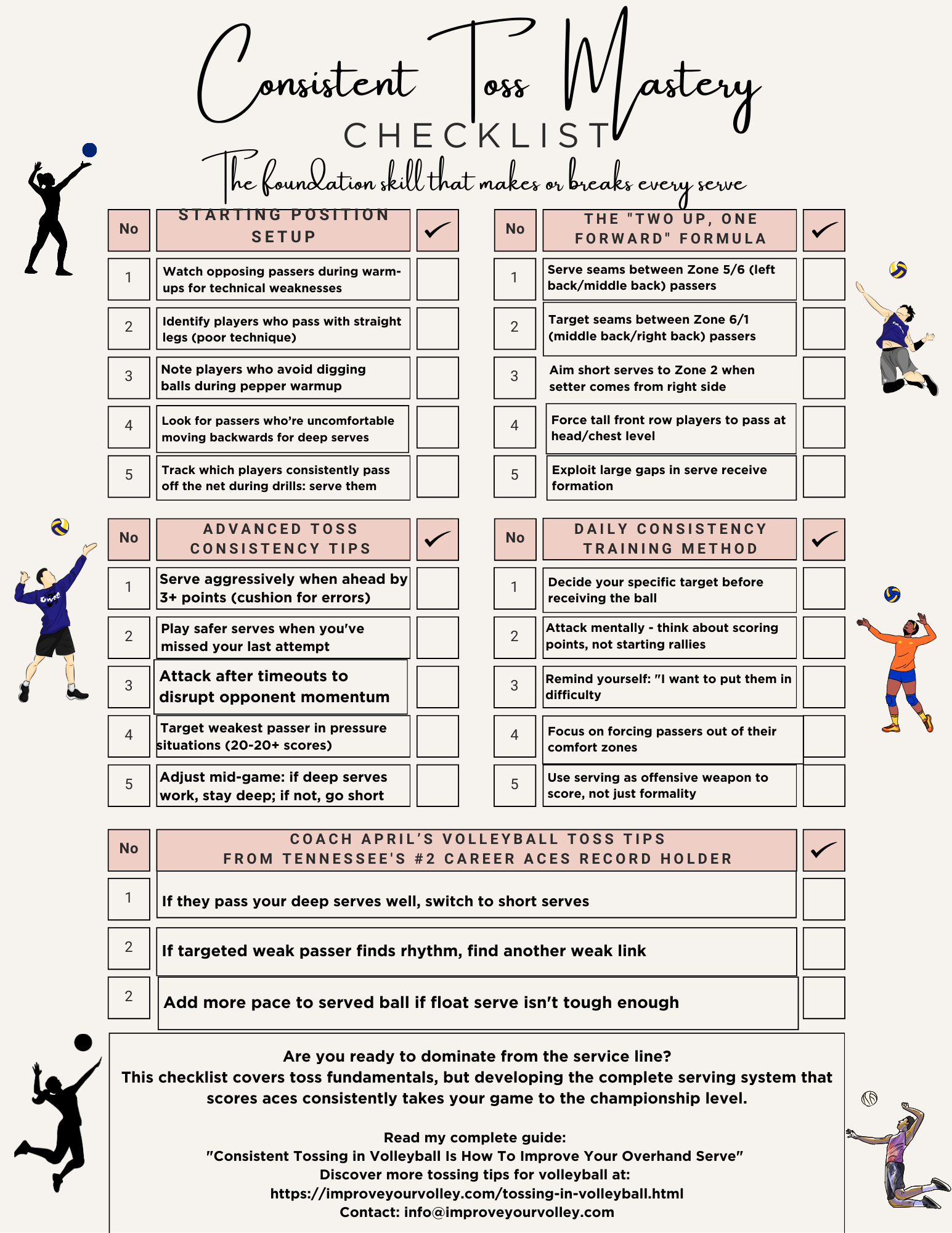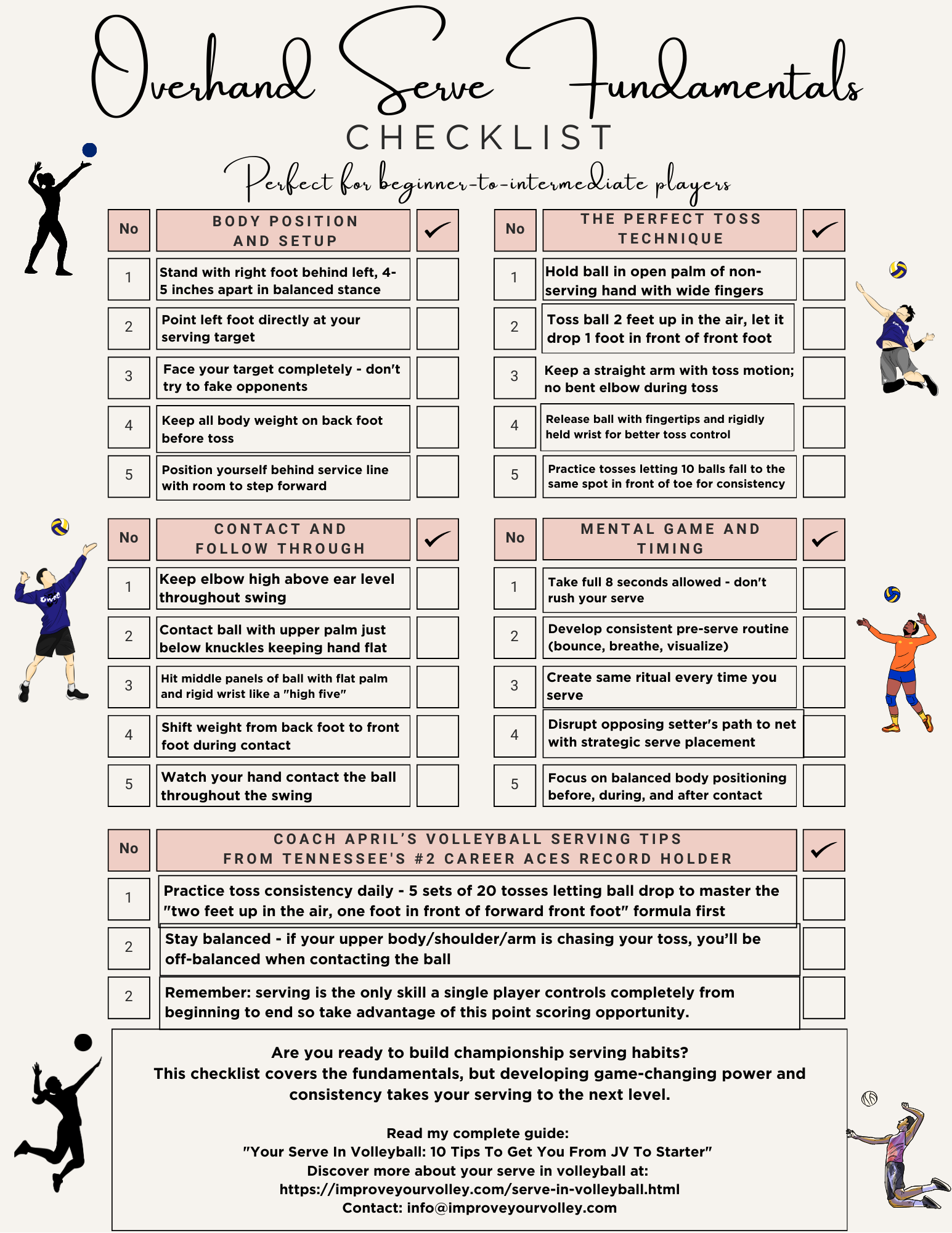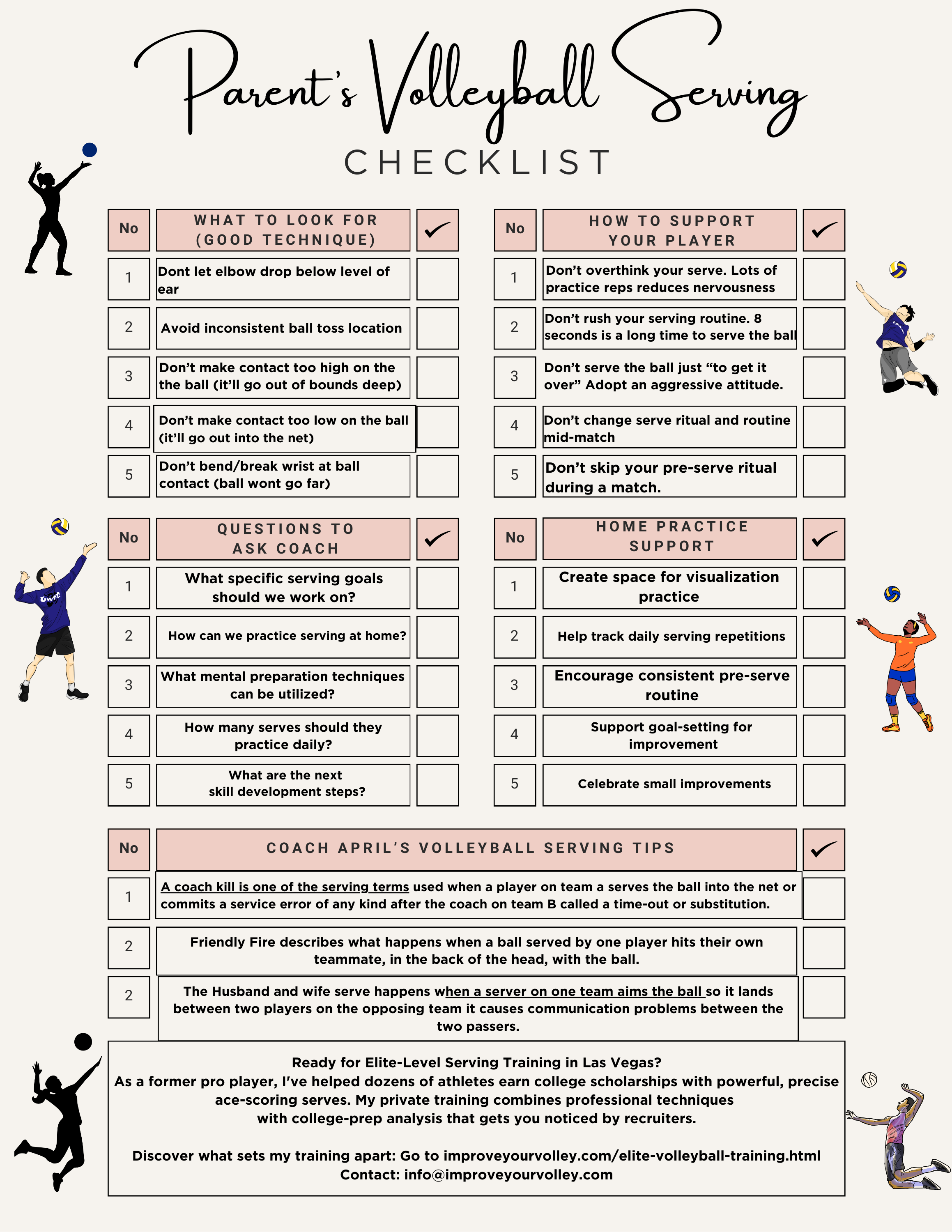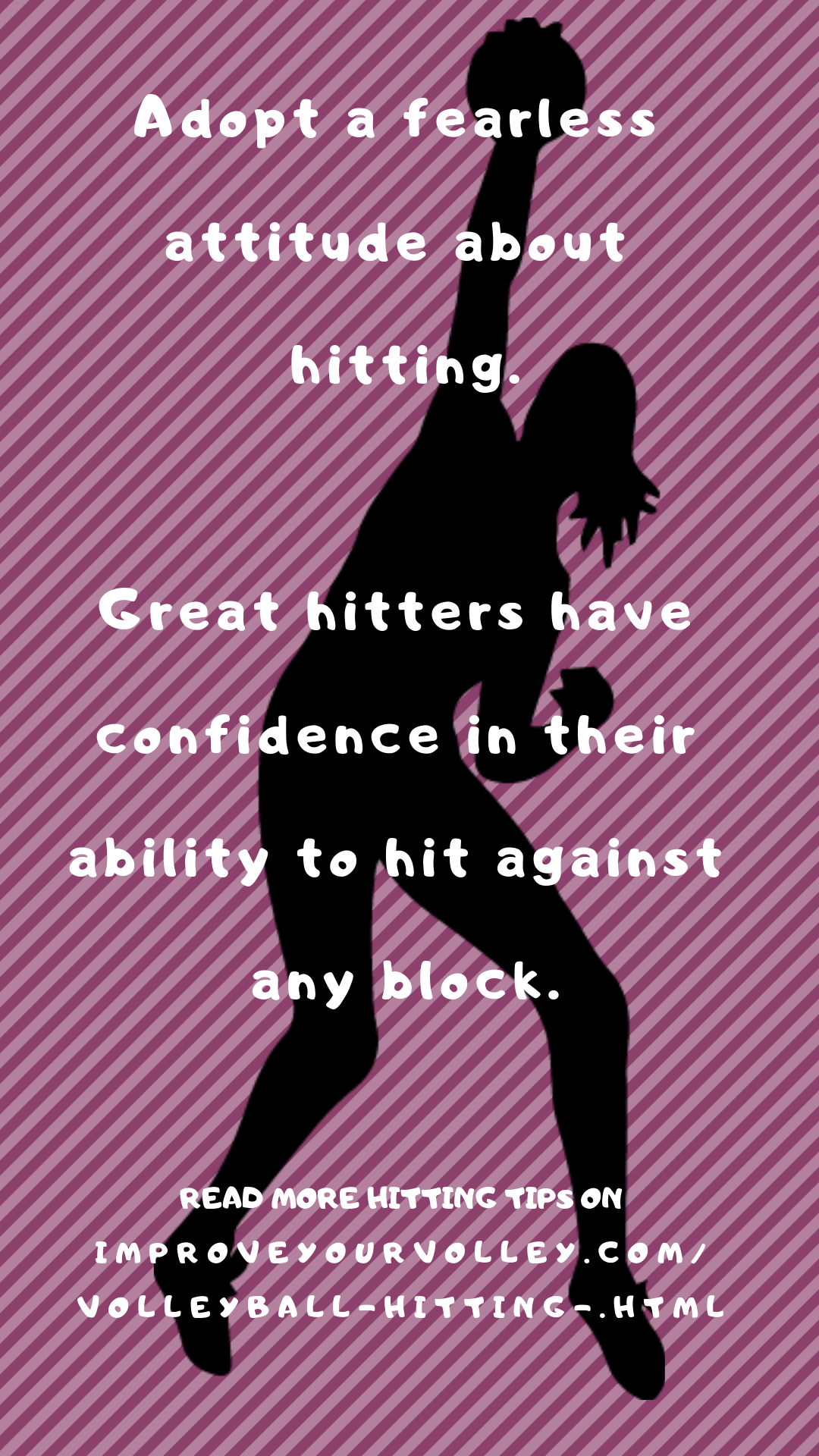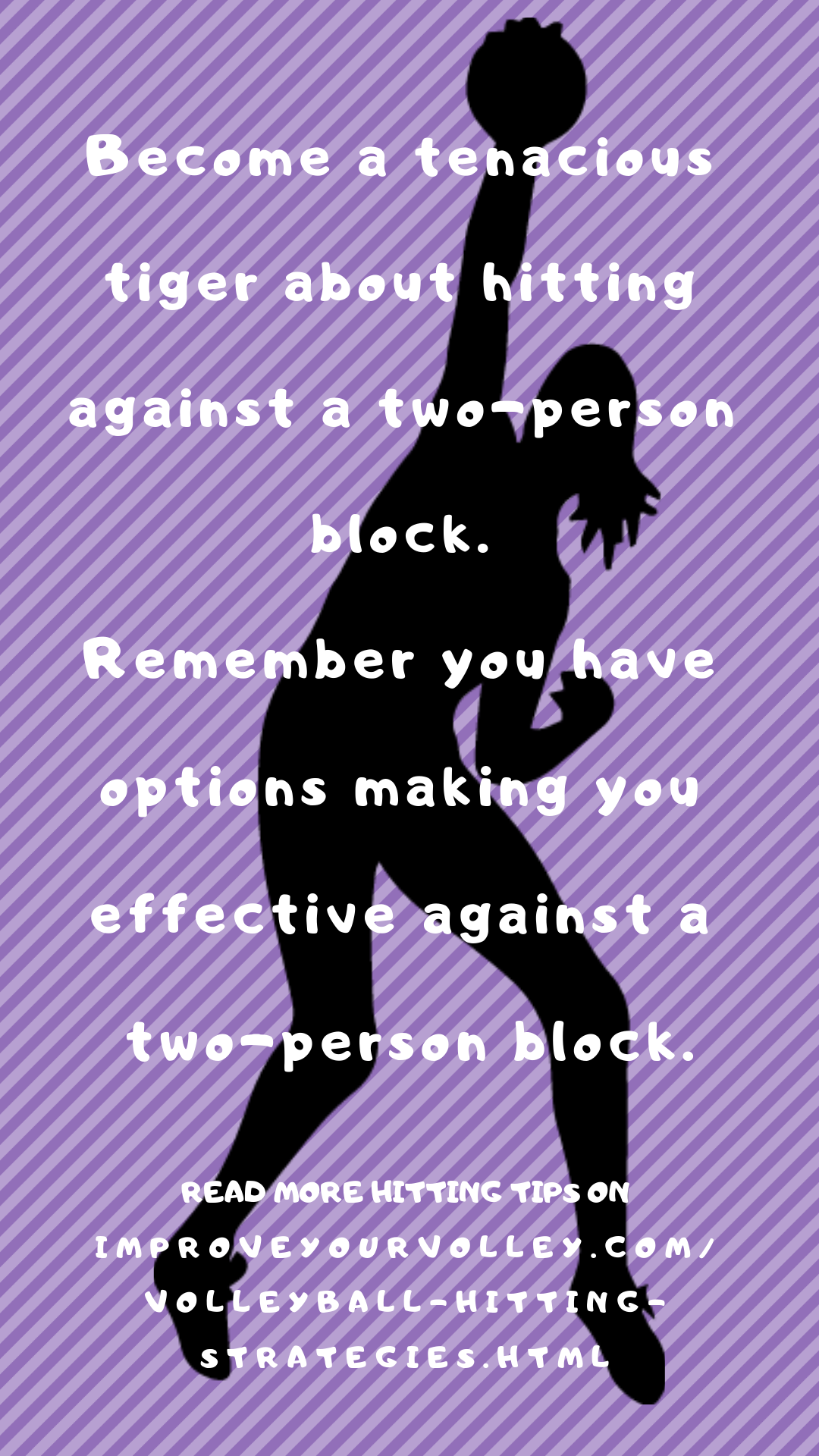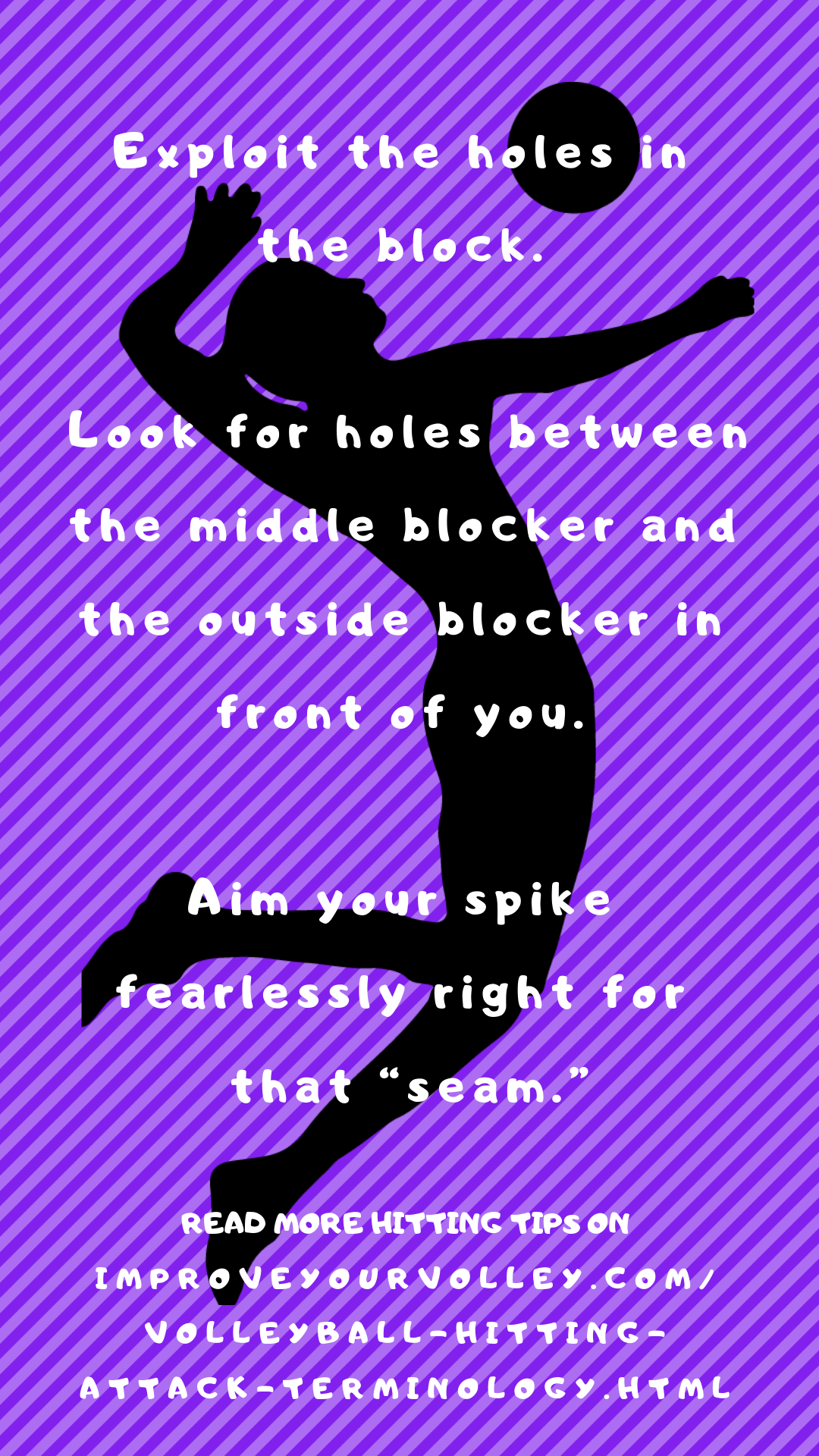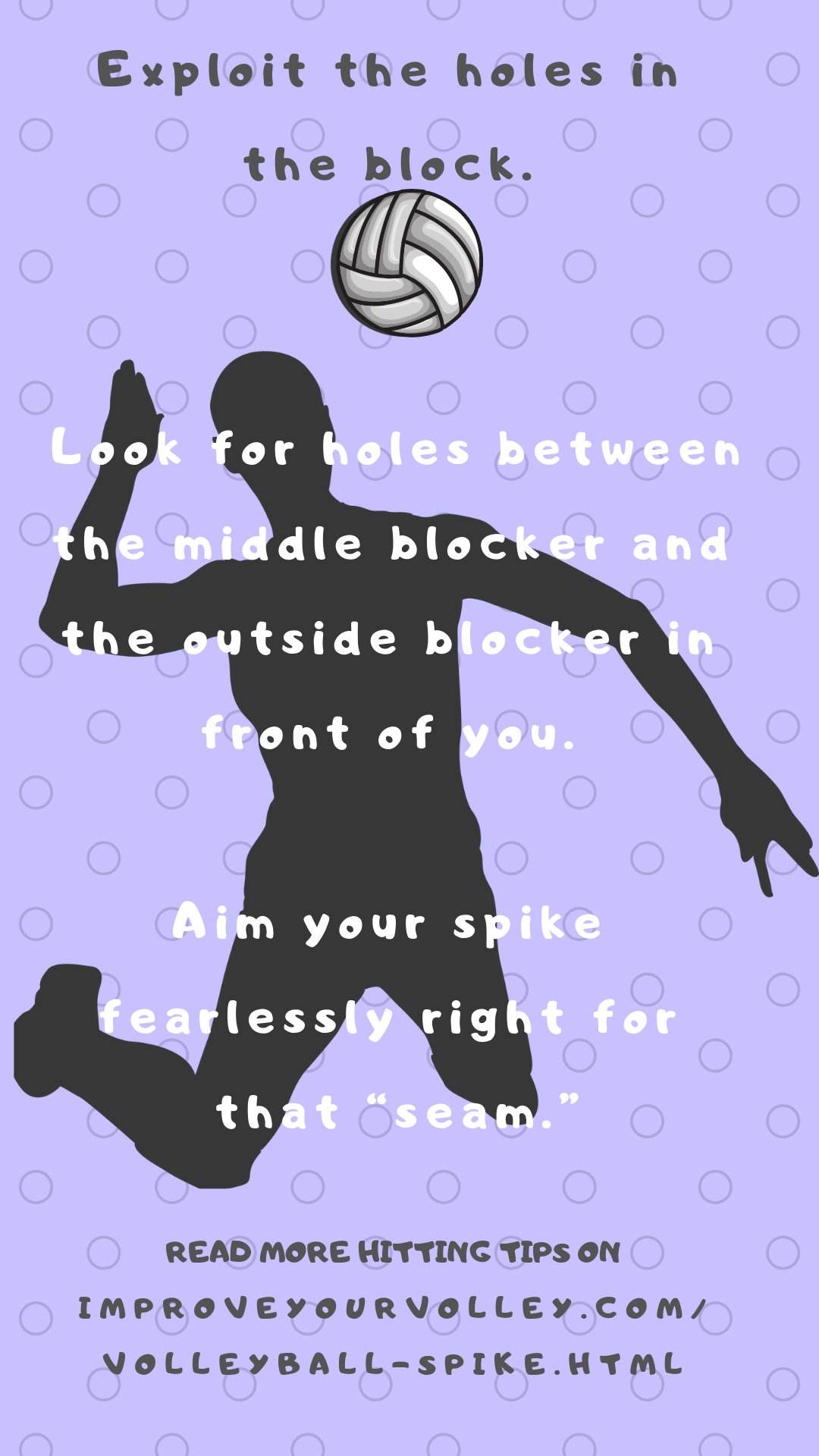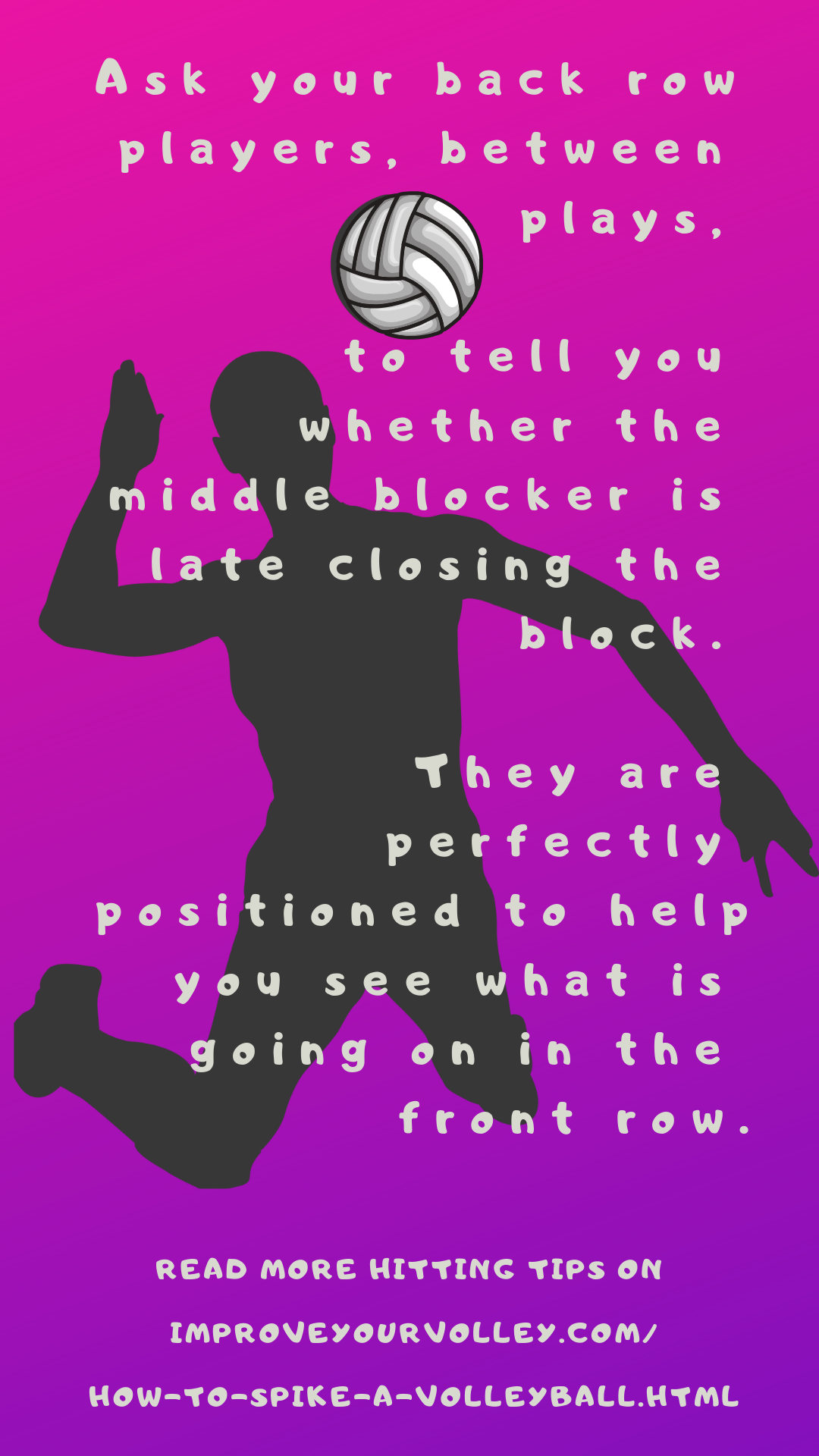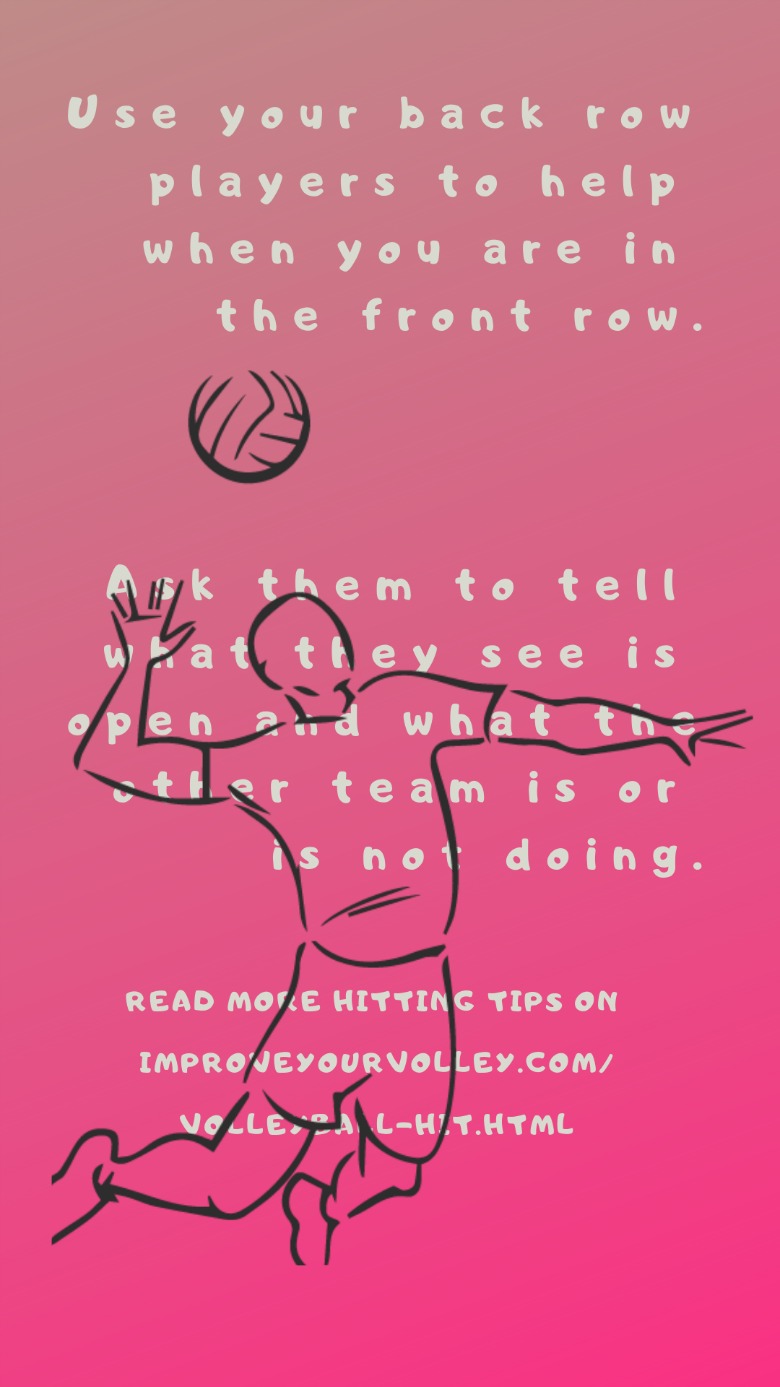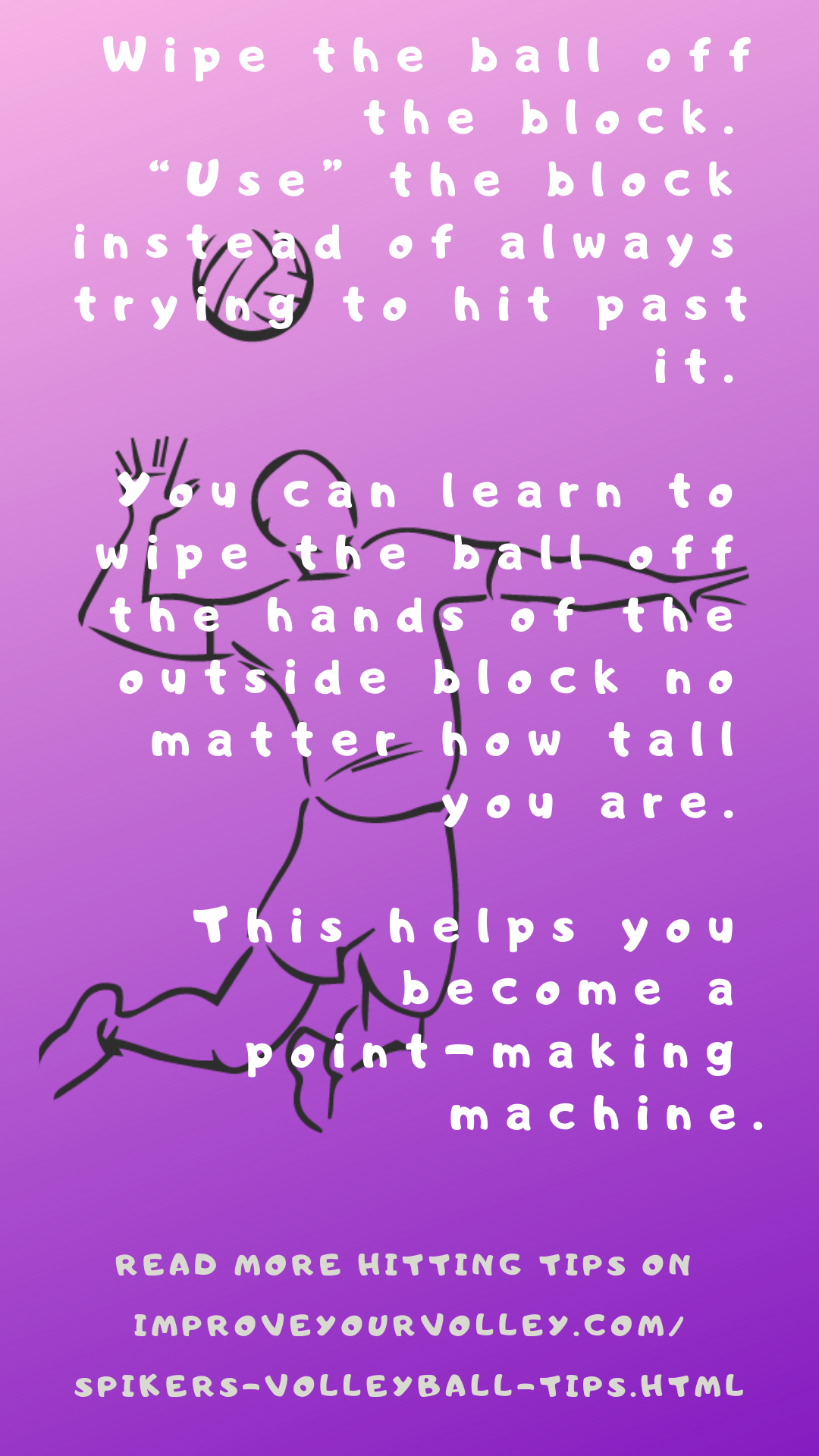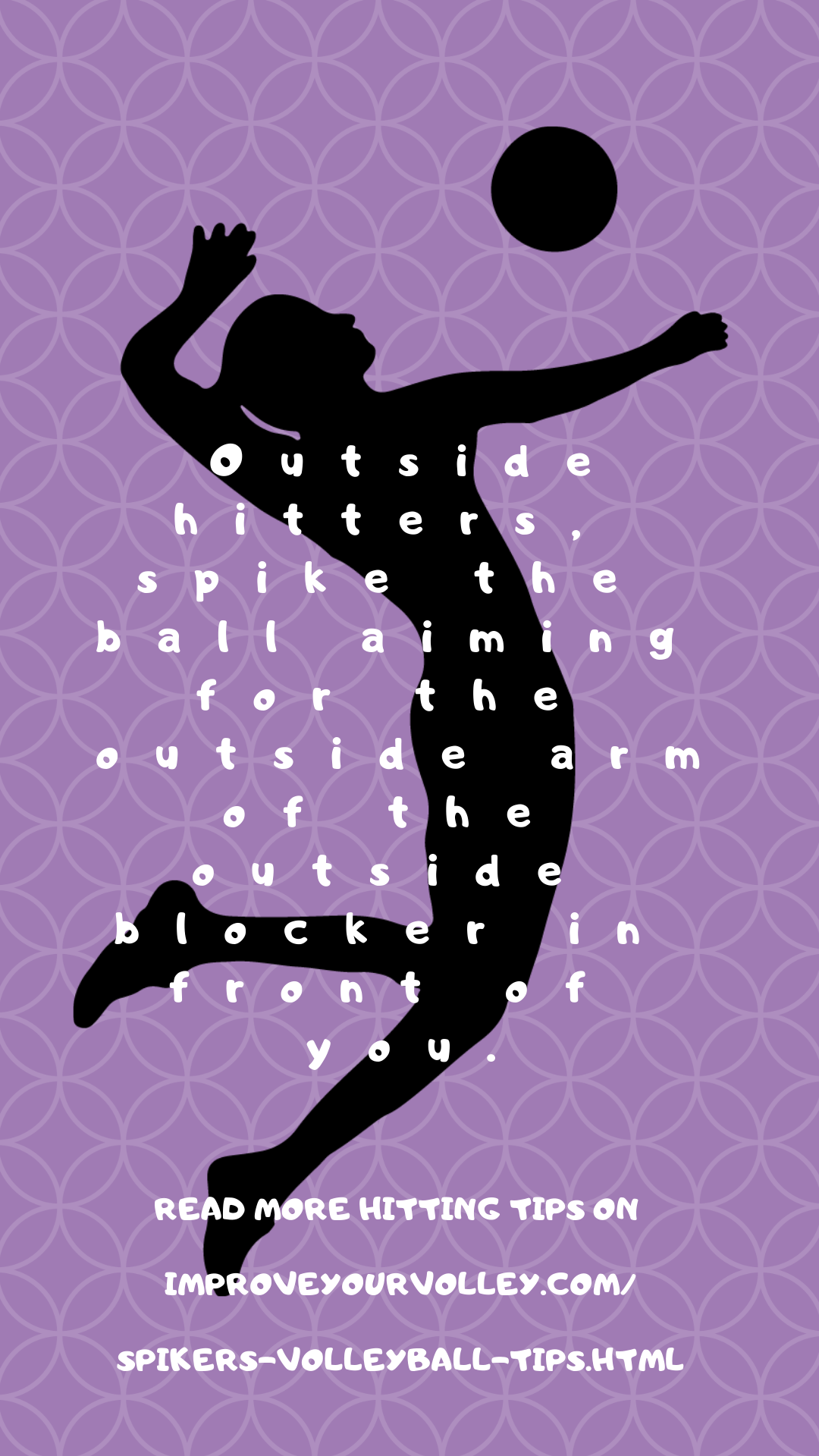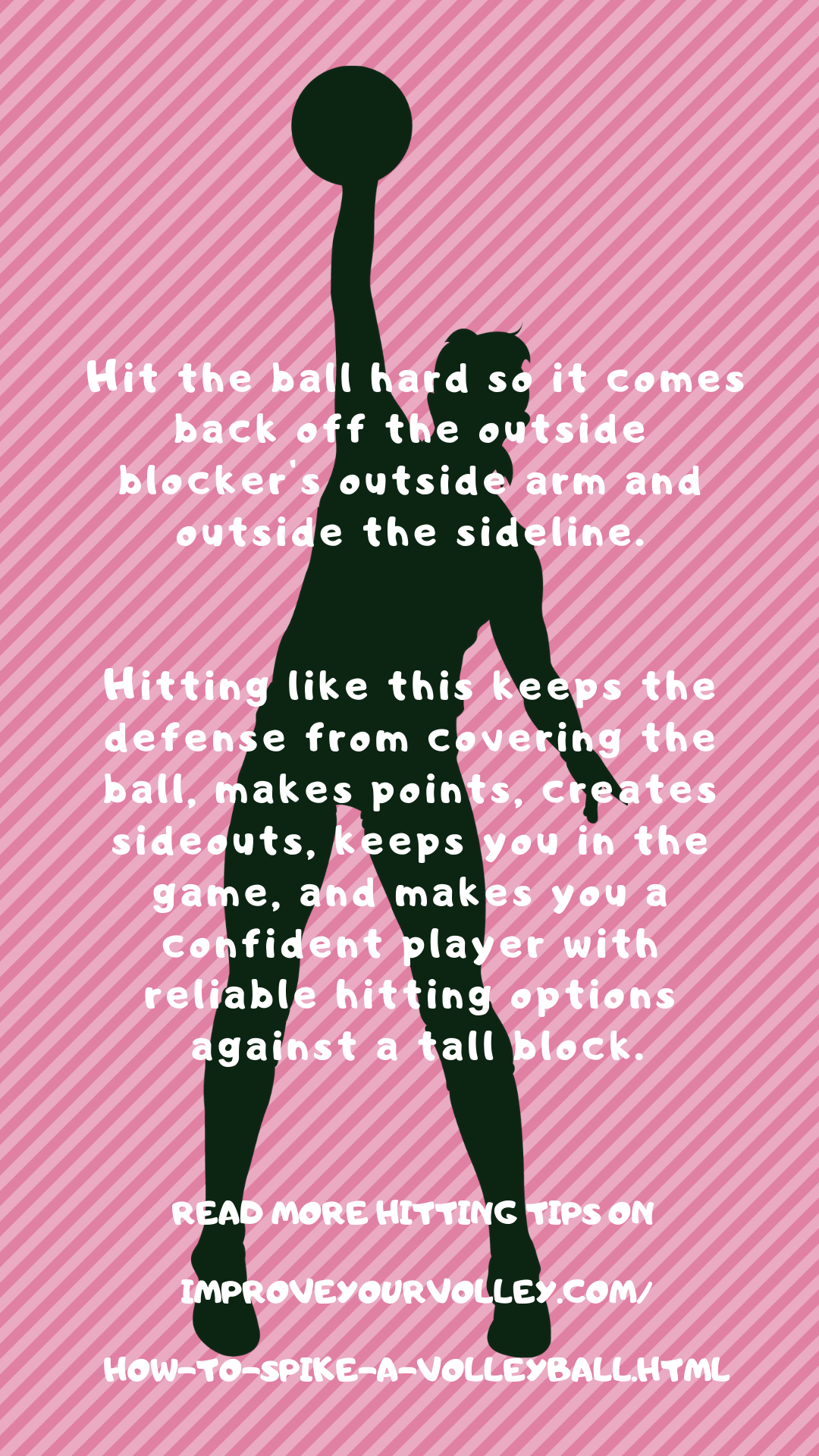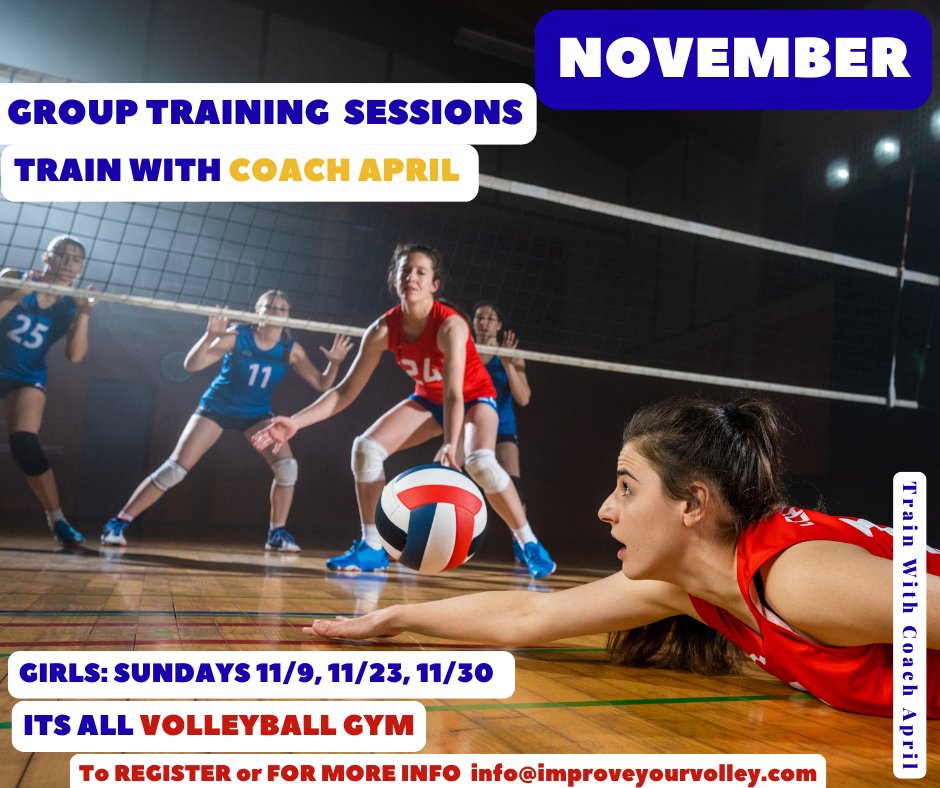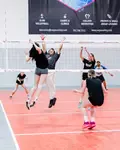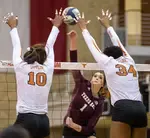- Improve Your Volleyball with Coach April
- Volleyball Tips on Playing Better and Improving Your Basic Skills
- Hit A Volleyball With Power
Need To Hit A Volleyball With Power? First Improve Your Spike Approach
These tips for how to hit a volleyball focus on improving your three or four step spike approach techniques which creates the power for your hitting attacks.
Need To Hit A Volleyball With Power? Improve Your Volleyball Spike Approach
What's A Spike Approach?
The volleyball spike approach is a set number of steps, usually a three-step approach or a four-step approach that a player makes to gather the speed and gain forward momentum needed to get in the air to make contact with the ball at its highest point.
USA High Performance, Coronado High School, State Champion Finalist Left Side Hitter Jacob Ceci working on the sharp cross court hit, with only a two-step approach from Zone 4
When an airplane is ready for take off, it makes its approach down the runway to gather speed and velocity so that it can lift itself up in the air.
Well, a player learns to do the same thing, before they can hit a ball and before they begin to initiate their volleyball spike technique.
Need To Hit A Volleyball With Power? Improve Your Volleyball Spike Approach
The Four-Step Volleyball Spike Approach Steps
The Four-step approach
The four-step approach gives outside hitters more time to get to balls that are set higher and are slower to get to the outsides of the net.
Higher sets are considered slower sets used with high jumping hitters to beat the opposing block with a high reach, great vertical jump and using a lot of power.
BYU commit Kate Prior, with Breakfast Club regulars Talina Inguanzo, Adlai Rodriguez during volleyball hitting drills
The higher the hitter can jump, with the right volleyball technique the higher they can reach...the better.
This means the ball is contacted at a higher point in the air where hopefully the block cannot reach.
Need To Hit A Volleyball With Power? Improve Your Volleyball Spike Approach
The Three-Step Volleyball Spike Approach
The Three-step approach
The three-step approach is used more often for faster sets that are set lower to the net that quick athletic hitters use with a quick armswing and fast swing to beat the block.
Two time state champion and Gatorade Player of the Year Tommi Stockham works on how to hit a volleyball with power
These faster and lower sets are used to beat the block with speed.
The faster, the hitter can jump, and the faster they can swing..the better.
This means the ball is contacted at a lower point in the air above the net, but is contacted at a faster speed where hopefully the block cannot reach.
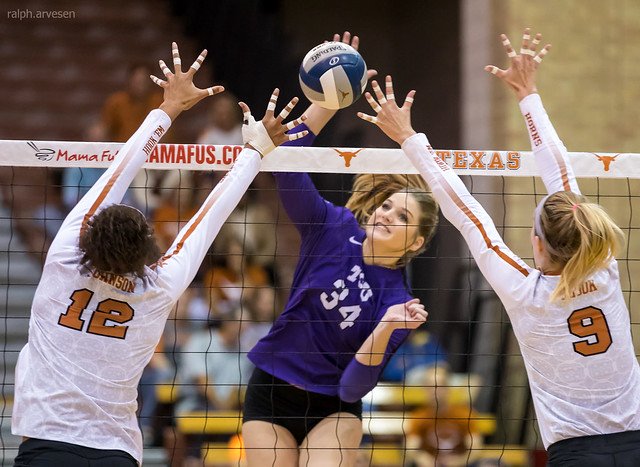 Need To Hit A Volleyball With Power? First Improve Your Spike Approach.
TCU outside hitter attacks against the Texas double block (Ralph Iversen)
Need To Hit A Volleyball With Power? First Improve Your Spike Approach.
TCU outside hitter attacks against the Texas double block (Ralph Iversen)Need To Hit A Volleyball
With Power?
Learning How To Improve Your Spike Approach
You will then spike the ball over the net, past the block and to the floor before a back row defensive player can get it up.
The speed and length of a spike approach can change depending on what play and what kind of set a player receives.
Your spike approach length can also change if you are playing in a crowded volleyball tournament that doesn't have a lot of space between courts.
In this situation you may be forced to change from a four step to a three step approach.
What should never change for a spiker is the aggressiveness of and speed of the last two steps of the spike approach.
I tell them to treat the floor as if its a trampoline and be aggressive in attacking the last two steps..the more aggressive, the more you increase your vertical jump.
The higher your vertical and the higher you reach..the better chance you have of outreaching the block.
How To Hit A Volleyball:
Where Do you Go From Here?
No need to guess where you need to go now? Here are three options:
- Learn more about Spiking by clicking the related links below.
- Follow the suggested reading on our Sitemap page Learning How To Play (Sitemap)
- Or visit the pages in the How to Play Volleyball section in the drop down menu at the top of the page to get started.
- Before leaving this page Say "Hi" to Mr T.T. MUGB the Lion, wearing the #7 jersey below.
Meet T.T. Mugb, aka "Things That Make U Go Boom"
Lion and Ouside Hitter on VolleyBragSwag's All Beast Team
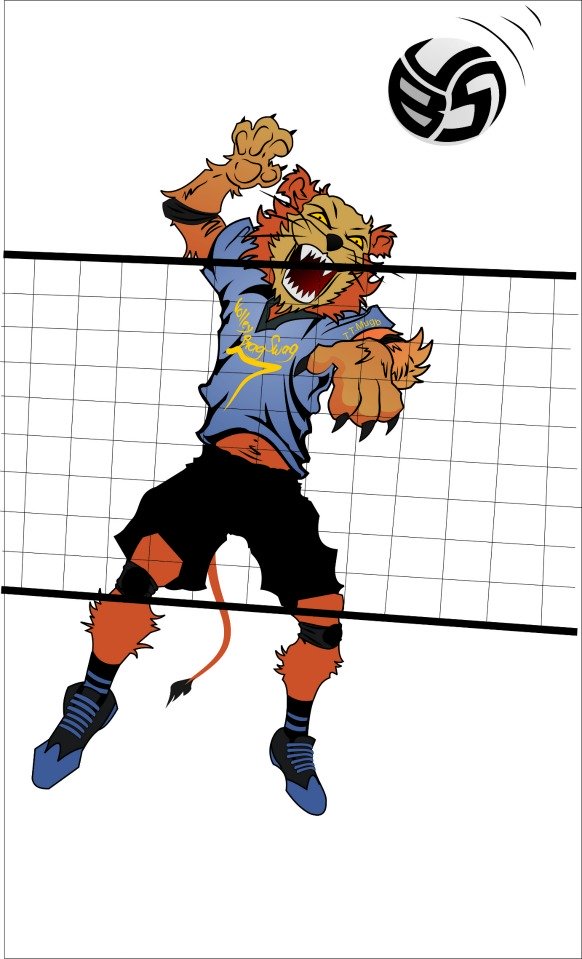 Volleyball Drills For Hitting Faster Quicker Sets Like Go's Huts, 31s
In these volleyball drills for hitting we are working on taking a three-step, four-step or even a two-step approach in order to get to quicker faster sets.
Volleyball Drills For Hitting Faster Quicker Sets Like Go's Huts, 31s
In these volleyball drills for hitting we are working on taking a three-step, four-step or even a two-step approach in order to get to quicker faster sets.If your athlete struggles with consistent serve receive, gets subbed out, or is overlooked for playing time—this is the fix you’ve been looking for.

Struggling with passing consistency?
I help talented passers tired of getting pulled from games because of inconsistent serve receive skills BUILD passing confidence without expensive private lessons using the same 3-step system that's helped dozens of my athletes get recruited.
Download my eBook for $17.99 and start building the passing confidence that keeps you on the court—and gets you seen by college coaches.
From Lady Vol to Legend: Coach April Produces Powerful Passionate Players...is that you?
What Are You Looking For?
Click to Download Your Pre Serving Ritual Mastery Checklist pdf:
🎯Volleyball Pre Serving Ritual Guide -
Players! Learn How To Transform Your Serve from Weak to Weapon
Click to Download Your Parent's Volleyball Serving Checklist pdf
🎯Parent's Volleyball Serving Checklist Guide
Parents! Help Your Player Develop Championship Serves (Even If You've Never Played)

Hi there!
Thanks for stopping by. Hope you learned something today that will help you reach your volleyball goals.
Be sure to subscribe to my email newsletter so you can learn more each week!
Stay strong! Stay motivated!
-Coach April

SUSCRIBE to my email newsletter below!
 Click to learn more about the weekly volleyball classes and clinics or email info@imrpoveyourvolley.com for information
Click to learn more about the weekly volleyball classes and clinics or email info@imrpoveyourvolley.com for informationCongratulations to my seven Boys-18s Vegas Volley club players who played in two state championship finals yesterday, the 3A and 5A State champinship finals at Sunrise Mountain High School.
TOURNAMENT CHAMPIONS!
A-1 Vegas Volley VBC
In It To Win It Tournament
May 2 - 4, 2025 Tournament
Gold Medalists
18s Premier Division
Vegas Volleyball's Unsung Heroes: Celebrating Moms with Peace Love Volleyball Shirts
Ready to energize your volleyball mom journey?
Subscribe to my 'Producing Powerful Passionate Peaceful Players' email list above on ImproveYourVolley.com.
You'll receive energy-boosting tips, exclusive insights from me, Coach April Chapple on maintaining momentum in volleyball.
Let's power up the Vegas volleyball scene together!
Recent Articles
-
Tips For Short Volleyball Players: Top Strategies to Beat Big Blockers
Jan 11, 26 11:00 PM
You don't need to be 6 feet tall to dominate at the net. Learn my tips for short volleyball players to use to outsmart bigger blockers and score more points. -
Essential Skills for a Hitter in Volleyball: Tips For Short Attackers
Jan 11, 26 07:05 AM
A short hitter in volleyball can aim the ball for the seam of the block to score since its harder for defenders to block at the net or dig up in the back row. -
10 Hitting Tactics Short Volleyball Players Use Against Big Blockers
Jan 11, 26 06:57 AM
These are 10 hitting tactics that short volleyball players, can rely on hit against and sideout and score against teams with big blockers in the front row.
